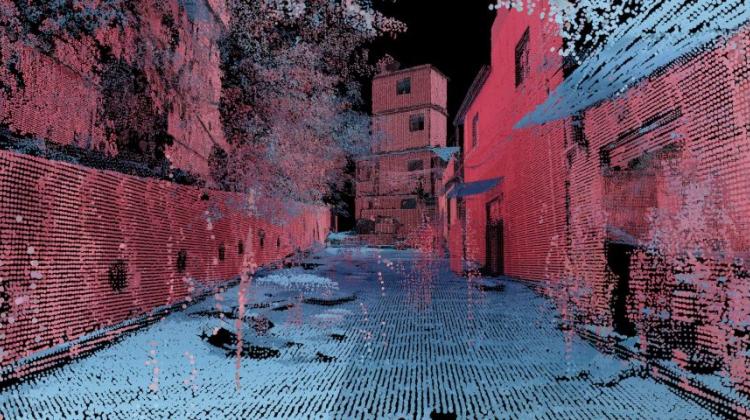Favelas 4D

Nearly one billion people live in informal settlements worldwide. In Brazil, these settlements are known as favelas, and they are characterized by a dense and complex urban environment. A multilayered architecture emerges when residents build their own homes and businesses without a master plan.
Using 3D laser scanning technology, the Senseable City Lab, in collaboration with BRTech 3D, is conducting a comprehensive morphometric analysis of Rocinha, the largest favela in Rio de Janeiro and home to about 100,000 people. The scientific analysis quantitatively captures the ingenious construction practices and dire infrastructural needs of the favela, revealing the urban logic of Rocinha with unprecedented precision. Favelas 4D illuminates Rocinha’s shape and organization in a new and comprehensive way, representing an impactful step towards the inclusion of the informal city in our global and digital urban future.


